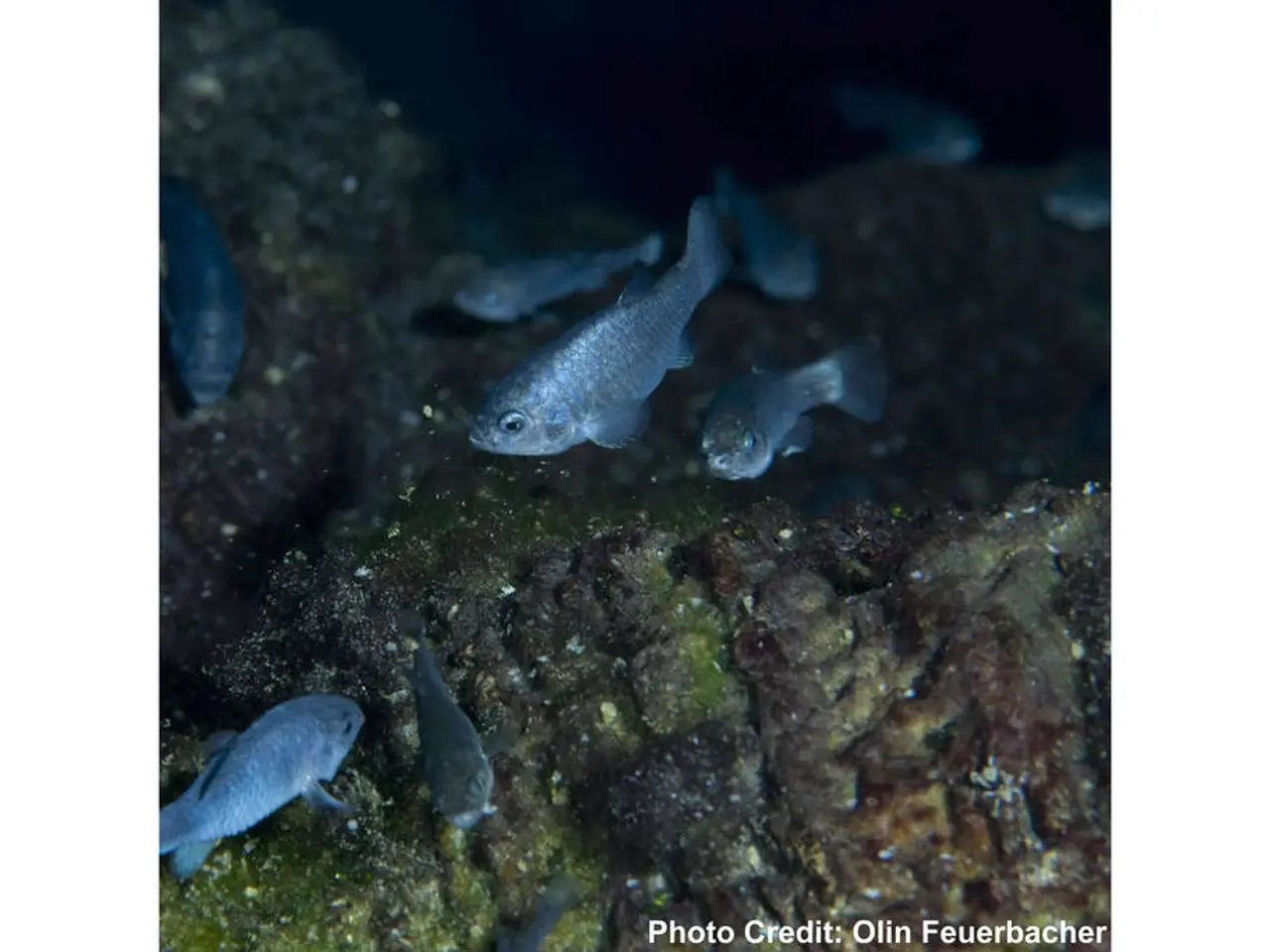Exploring Cold Showers vs. Ice Baths: Which Option Suits You Best?
Immerse Yourself in the Benefits of Cold Plunges and Showers
Cold therapy, a practice that involves exposing the body to cold water, has gained popularity for its numerous health benefits. Two popular methods are cold showers and cold plunges, each offering unique advantages.
Cold Showers: A Daily Dose of Resilience
Cold showers involve standing under cold water (50-60°F) for 1-5 minutes. This practice, while less intense than plunges, still provides meaningful benefits such as improved stress resilience through hormesis (mild stress exposure), boosted mood via endorphin and noradrenaline release, enhanced circulation, and immune support [3].
Cold Plunges: The Ultimate Recovery Tool
Cold plunges, also known as ice baths, involve full immersion in very cold water (typically 50-59°F or 10-15°C) for short periods (30 seconds to 2 minutes). They induce a strong physiological shock that activates the sympathetic nervous system, causing faster mental resilience building by forcing your mind to overcome discomfort and stress quickly [1][2]. This intense cold exposure also improves recovery, reduces inflammation, lowers muscle soreness, and boosts immune function more noticeably than milder cold exposure [2][1].
Making the Right Choice
The choice between cold showers and cold plunges depends on whether one prefers a simple daily habit or is serious about recovery and performance. While cold plunges generally offer stronger benefits for mental resilience, recovery, and overall results compared to cold showers, the best choice depends on your lifestyle, health, and tolerance.
| Aspect | Cold Plunges | Cold Showers | |---------------------------|-------------------------------------|-------------------------------------| | Intensity & shock | High; immediate cold immersion | Moderate; gradual cold exposure | | Mental resilience effect | Stronger due to acute stress | Good, develops gradually | | Recovery and inflammation | More effective | Effective but milder | | Safety considerations | Not advised for heart/blood pressure issues | Generally safe for most people | | Accessibility & cost | Requires tub with cold water & possibly ice | Easily done at home with shower | | Time commitment | 30 seconds to 2 minutes per session | Typically a few minutes | | Convenience | Less convenient, more effort | Easily integrated into daily shower |
If you want maximal benefits for mental toughness and recovery and can safely tolerate intense cold, cold plunges are better [1][2]. If you prefer something easier, less intense, and fitting into daily life without special setup, then cold showers offer good benefits and can be a great start [3]. Some practitioners start with cold showers to adapt, then progress to cold plunges over time [1].
Safety First
Always listen to your body, start gradually, and consult a healthcare professional if you have cardiovascular conditions or other health concerns before beginning intense cold exposure. For Cold Plunges, it's recommended to aim for 3-5 minutes at 50-55°F before progressing to colder temperatures. A timer should be used to avoid overexposure during cold plunges.
Cost and Convenience
Cold Plunges require a plunge tub or natural cold water source, which can cost between $100-$5,000. Cold therapy triggers vasoconstriction, reducing inflammation and flushing metabolic waste. Breathing deeply can help manage the shock of cold showers. Cold Showers can be started with 30 seconds of cold at the end of a normal shower, and the duration can be gradually increased to 2-5 minutes.
Who Benefits Most
Athletes and serious recovery seekers, people with chronic inflammation, and those committed to long-term cold therapy are best suited for Cold Plunges. Cold Plunges offer full-body immersion, are more intense, and can be maintained for longer periods, but require special equipment and may be less convenient. On the other hand, Cold Showers are accessible, gentler for beginners, convenient as they fit into daily showers, but less intense and have a shorter duration.
In conclusion, both Cold Showers and Cold Plunges offer unique benefits, but Cold Plunges are more effective for recovery. Cold Plunges are best for those seeking maximum cold therapy benefits, experienced cold therapy practitioners, and those with adequate space and budget. Cold Showers, being more accessible and less intense, are a great starting point for those new to cold therapy.
Merging the concepts of science and health-and-wellness, cold showers can provide a daily dose of resilience for enhancing stress resistance, boosting mood, improving circulation, and supporting the immune system. Delving deeper into fitness-and-exercise, cold plunges serve as the ultimate recovery tool, aiding mental resilience building, reducing inflammation, lowering muscle soreness, and boosting immune function more significantly compared to cold showers.
Depending on whether one wants to embrace a more intense cold therapy method for recovery or a simple daily habit to improve stress resilience, the choices lie between cold showers and cold plunges, respectively.




